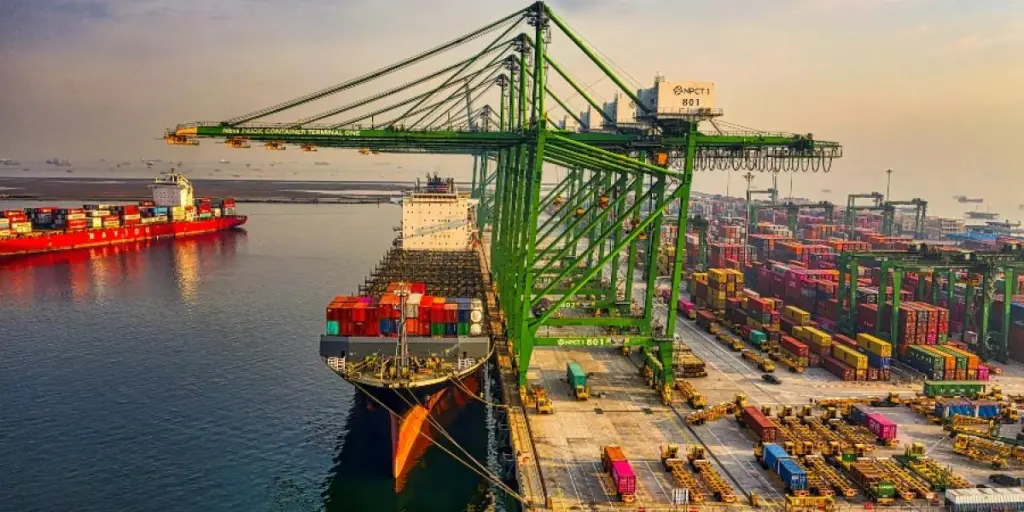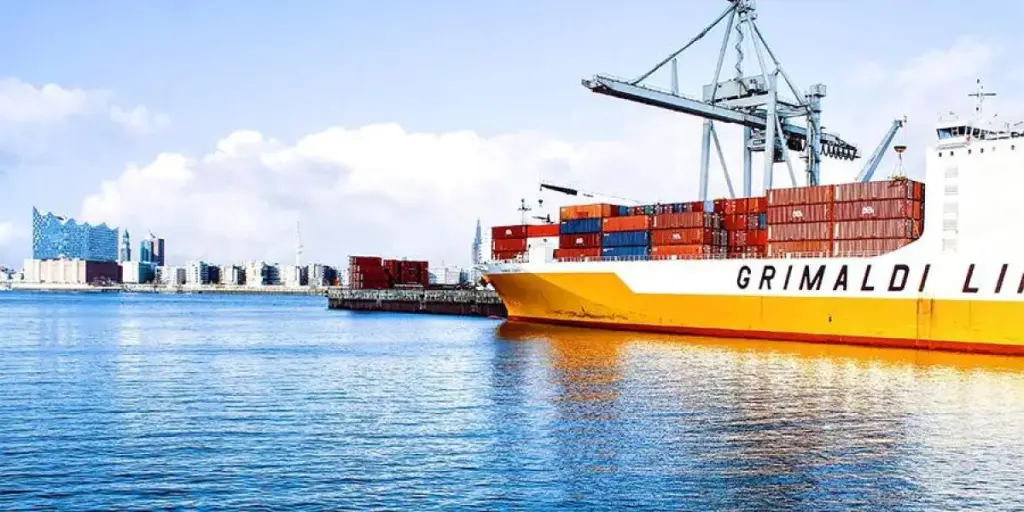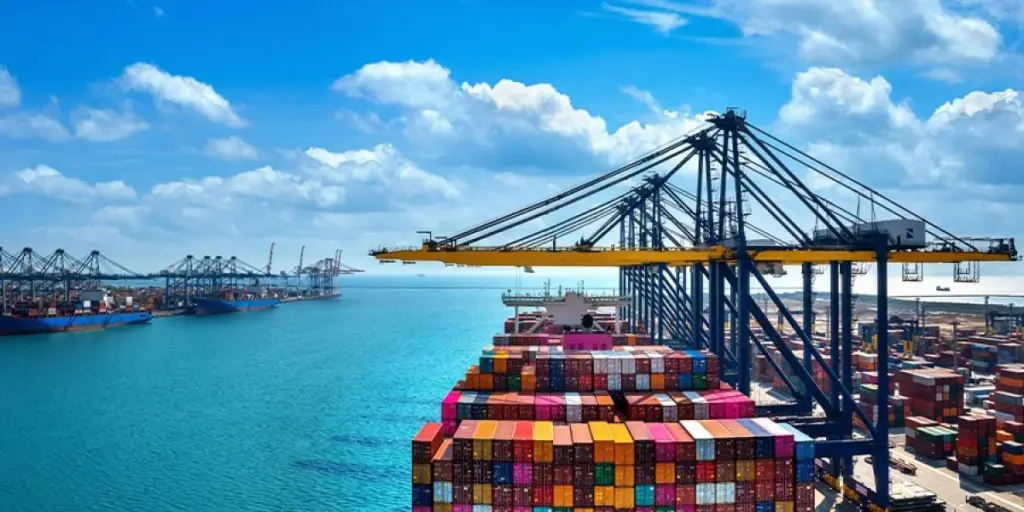Ocean freight market update
China–North America
- Rate changes: Spot rates from China to the US west coast edged up slightly this past week, although they are still lower than a month ago. Rates to the US east coast, on the contrary, dipped a few percentage points. Both rates are significantly lower than the same time last year.
- Market changes: The market expects ocean carriers to attempt another transpacific GRI in June, with many long-term contracts not finalized in May. This will likely entail significant increases in blank sailings as was done in April. At the same time, low water levels in the Panama Canal driven by drought, and the resulting weight limits announced by carriers will likely push the rates up in many trade lanes, especially from Asia to US east coast. The circumstance may also route more container shipping volumes to the west coast, creating upward pressure on west coast rates in turn.
China–Europe
- Rate changes: Prices in most Asia to North Europe and Mediterranean lanes have remained stable since mid-April, and the last two weeks have been no exception. With no anticipated spikes in shipping volumes for coming weeks, the rates will likely stay at the current level for longer.
- Market changes: Given the relatively low demand, blank sailings and sliding vessels are still in place to reduce capacity in the Far East westbound lane. With bank holidays in many European countries coming up end of May and early June, a shortage of availability and occurrence of delays are anticipated. Therefore, shippers are advised to plan ahead and allow extra time for products to be shipped and delivered.
Air freight/Express market update
China–US and Europe
- Rate changes: Rates from both Central and South China to US and Europe have mostly remained stable in the last two weeks, while those from North China have continued to fluctuate depending on the departing city/airport. Cargo advisors generally recommend booking 5-6 days prior to the cargo ready date for increased certainty.
- Market changes: Transpacific air lanes continue to suffer from low sell rates and high fuel costs, leading to increased retirement of freighter capacity. While rates will continue to be under pressure in the short-term, it’s expected that the demand will pick up more in Q3 with improved economy and product launches, creating the potential for both air volume and rates to rebound. On air timeliness, both Far East westbound and Transpacific eastbound times continue to tick down from the beginning of this year.
Disclaimer: All information and views in this post are provided for reference purposes only and do not constitute any investment or purchase advice. The information quoted in this report is from public market documents and may be subject to change. Alibaba.com makes no warranties or guarantees for the accuracy or integrity of the information above.




